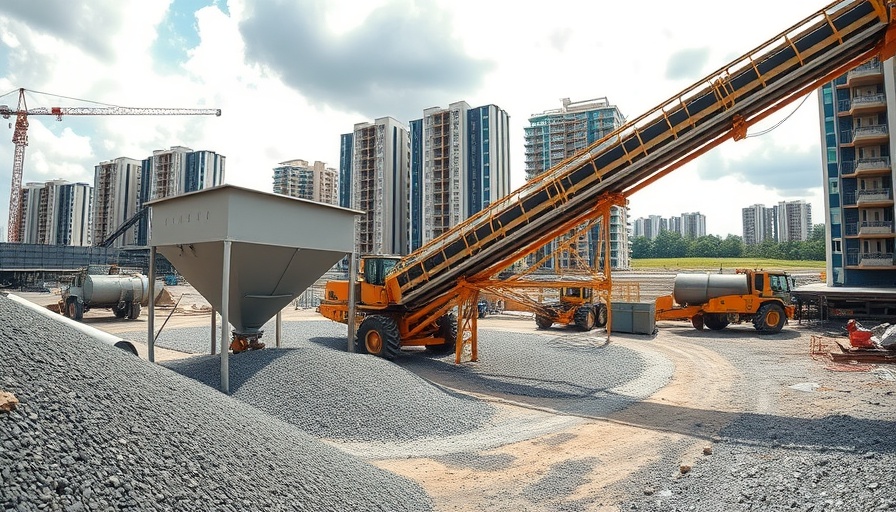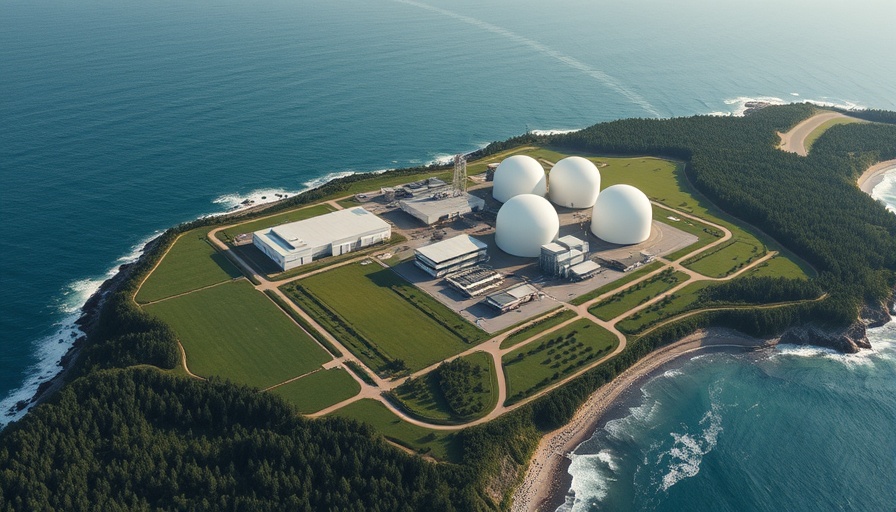
Derby’s Pioneering Initiative: A Step Toward Sustainable Living
The heart of Derby is set to transition towards greener living, thanks to the ambitious plans for the Derby Energy Network. With an investment of over £100 million from 1Energy, this project is leveraged to reshape how heating is delivered across the city. By 2026, construction will commence on a network of underground hot water pipes and water source heat pumps that promise to significantly reduce carbon emissions.
1Energy has secured funding from the UK government, totaling £23 million, to kickstart this eco-friendly endeavor. The expectation set forth is ambitious; the network aims to cut gas demand by an impressive 7%. This is not merely a construction project but rather a vision geared towards sustainable and economically viable solutions for heating.
The Role of Local Partnerships in the Energy Revolution
Collaboration is crucial in this transformative initiative. 1Energy is actively engaging multiple stakeholders, including Derby City Council, the Royal Derby and Florence Nightingale Hospitals, the University of Derby, and Derby College. These partnerships are key in ensuring that the community is involved and that the needs of local businesses are articulated within the network’s design. Andrew Wettern, chief executive of 1Energy, encapsulated this sentiment, stating that Derby is “uniquely placed to lead the transition to a more secure energy future.”
Understanding the Infrastructure: How It Works
The core infrastructure of the Derby Energy Network will present two key components: an Energy Centre and a 28km underground pipe network. The Energy Centre is slated to be strategically located near Segro’s SmartParc, ensuring optimal accessibility for the network. This underground system will utilize varying pipe sizes to connect different buildings, enhancing efficiency and reducing heat loss as it travels further distances.
The Economic and Environmental Impact
Beyond its environmental advantages, the Derby Energy Network is a catalyst for economic growth. This innovative project invites businesses to participate actively in the energy model, providing them greater choice and long-term price certainty. As Wettern points out, this could unlock not just local economic benefits but broader health and environmental improvements for the region and the country.
What Young Homeowners Should Know
For young homeowners in London, projects like the Derby Energy Network serve as an inspiring blueprint toward sustainable living. It underscores the importance of investing in eco-friendly technologies that can seamlessly integrate into modern smart homes. Being tech-savvy, these homeowners can be early adopters of utilities like energy-efficient heating, which ensures not just savings on bills but also contributes to a healthier planet.
Future Trends in Sustainable Home Heating
This ambitious initiative is just one of many emerging trends in eco-friendly home improvement. As societies lean towards sustainability, it’s essential for homeowners to stay informed about local projects that can enrich their living conditions and reduce carbon footprints. Implementing smart technologies like energy management systems can complement initiatives like the Derby Energy Network, promoting efficient energy use.
Conclusion: Embracing Change for a Better Future
As exciting developments unfold in Derby, young homeowners must recognize such projects as vital opportunities for enhancing their living environments while also benefiting the planet. The movement toward sustainable heating is growing, and localities like Derby are setting an example for others to follow. By actively participating in this change, homeowners can enjoy not only comfortable and efficient living spaces but also contribute to a resilient future.
To stay updated on inspiring initiatives like the Derby Energy Network and discover ways you can enhance your home sustainably, follow local news and community updates. Engaging with your local environment is the first step in making a positive change for both your living space and the world around you.
 Add Row
Add Row  Add
Add 




Write A Comment